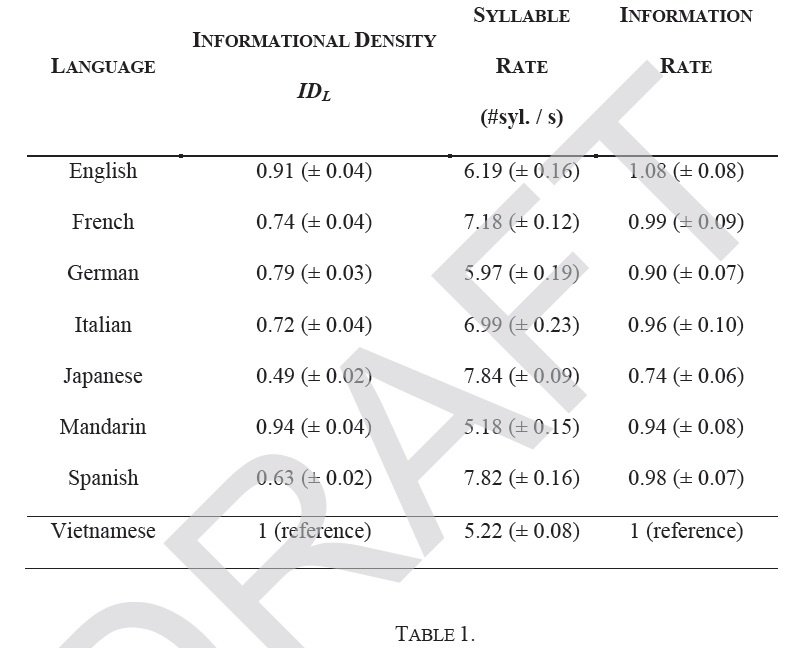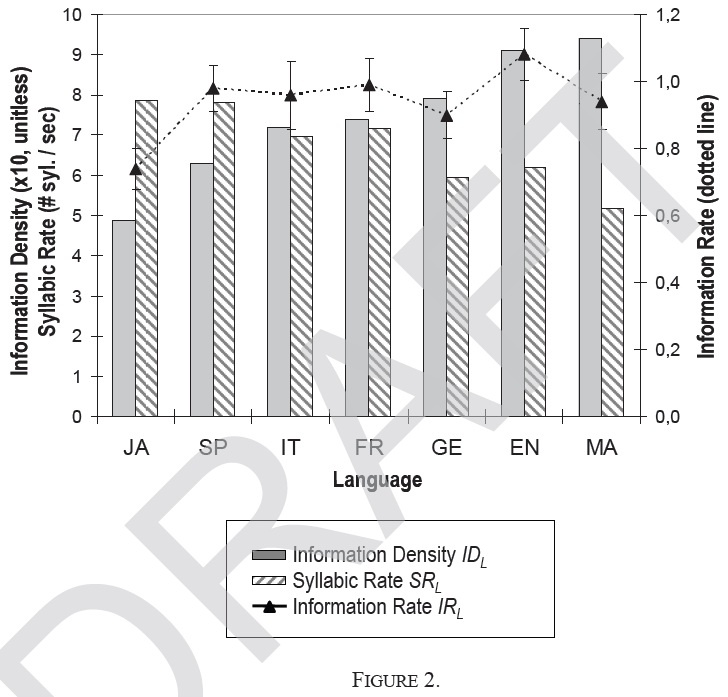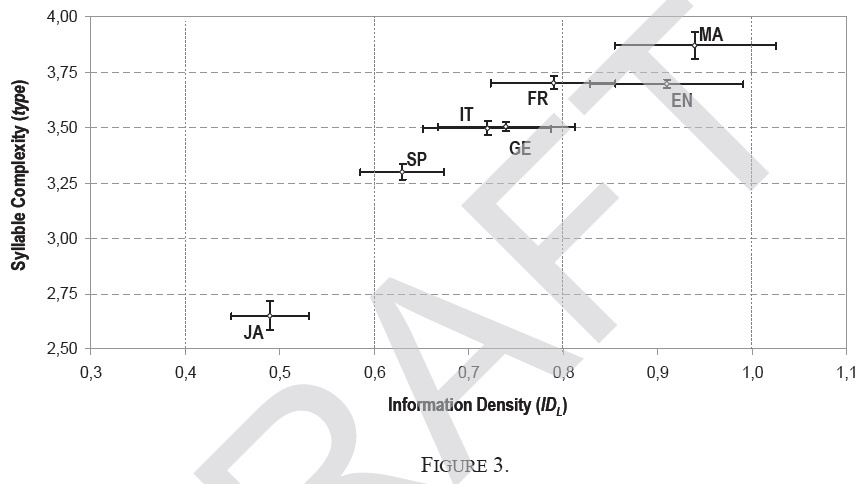Interesting question, and thanks for the A2A. There was a paper published by the University of Lyon that says yes.
Across-Language Perspective on Speech Information Rate
You can read the paper to see how they define ‘informational density’ per syllable (ID) but they use Vietnamese as a reference 1 (meaning it has the highest among the languages they surveyed). Note ID is different from ‘information rate’ which refers to the amount of information transmitted per second.

In fact they found that Mandarin Chinese comes closest ( ID = 0.94\pm 0.04 ) to Vietnamese. This could be due to the similarities between Chinese and Vietnamese, both having a large inventory of monosyllabic and disyllabic words whereas other languages (English, Japanese, etc.) have words with more syllables.
Both Chinese and Vietnamese are also very analytic, which means they don’t really add extra morphemes to words to inflect meaning (cf. agglutination in Japanese or conjugation in Spanish).


Another reason Vietnamese and Chinese can compress meaning into fewer syllables could be that they are both tonal, so a given syllable can be pronounced multiple ways to convey different meanings.
Depending on dialect Vietnamese has 5–6 tones, which is just a bit more than Mandarin’s 4 tones, but around the same as Cantonese, so this could also account for the slight difference between Mandarin and Vietnamese. Also, Vietnamese has more possible phonemic syllables (and thus fewer homonyms) than Chinese, which could also help with the data compression.
But these are among widely spoken languages. There are some artificial languages such as Ithkuil that try to compress information per syllable even further.

